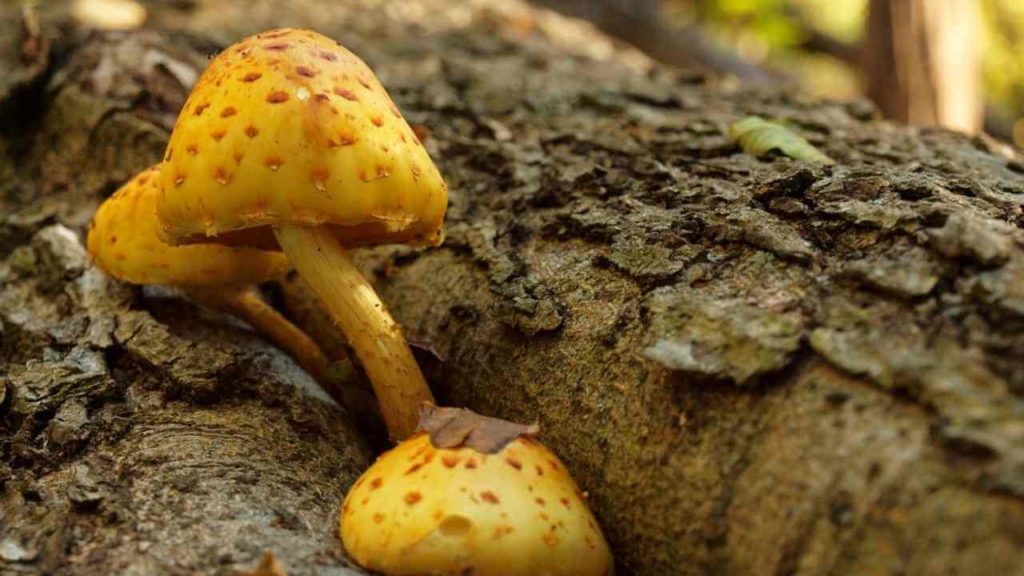Topic Content:
- Characteristics of Kingdom Fungi
- Hyphae (Functions, Types)
- Classification Based on Spore Formation
- Class Zygomycetes
- Class Ascomycetes (Sac Fungi)
- Class Basidiomycetes (Club Fungi)
- Class Deuteromycetes

Prior to the introduction of the five kingdoms, fungi were classified in the same category as plants. However, they are different from plants in the composition of their cell walls. While the plant cell wall is made up of cellulose, the wall of fungi is made of chitinChitin is the most abundant amino polysaccharide polymer occurring in nature, and is the building material that gives strength to the exoskeletons of crustaceans, insects, fish and the cell walls of... More.
The study of fungi is called Mycology.
Characteristics of Kingdom Fungi:
1. They can be either unicellular e.g. Yeast or multicellular e.g. Mushroom, Rhizopus.
2. Their cell walls are composed of chitin.
3. They are important decomposers in the ecosystem.
4. They reproduce asexually by budding (e.g. yeast), spore formation (e.g. bread mould) or fragmentation.
5. They reproduce sexually by conjugation e.g. Rhizopus.
You are viewing an excerpt of this Topic. Subscribe Now to get Full Access to ALL this Subject's Topics and Quizzes for this Term!
Click on the button "Subscribe Now" below for Full Access!
Subscribe Now
Note: If you have Already Subscribed and you are seeing this message, it means you are logged out. Please Log In using the Login Button Below to Carry on Studying!



Responses